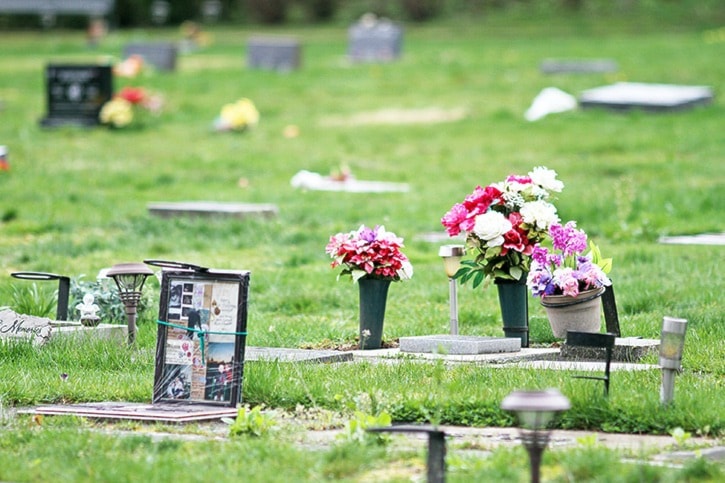Cemeteries are not just important for the physical place they provide for loved ones to rest, post-life.
They also add other important functions in the community according to Erik Lees, of Lees and Associates cemetery planners.
“That is where history is literally writ in stone,” he said. “You've got graves there that date back almost a hundred years.”
A pilot from the First World War, pioneers of the Agassiz community—they’re all memorialized in the same place: Valley View Cemetery.
And even the place itself has history, providing the higher ground for camps as residents escaped the rising waters of the 1948 flood.
“And so we want cemeteries to remain active places,” Lees told the Observer.
The industry expert, planner and landscape architect presented his findings last week from a report his firm was commissioned to do for the District of Kent (DOK) to analyse the needs of the municipality’s outdated cemetery bylaw.
“The key number is the cremation rate because that means that a lot less land is needed to bury our dead,” Lees said.
The rule of thumb is that 80 to 85 per cent of cremated remains don’t even make it to the cemetery, a space saver for planners.
But the purpose of a cemetery is to offer a space for people to add their relatives’ remains in a place of community memorialization.
Though the perpetual relationship between limited land space and more people dying seems to lead to a dead end, Lees and his report might breathe new life into the district’s cemetery strategy.
“There need to be more cremated remains interment options and more forms of memorialization,” he said. “And there's lots and lots of examples of how that can happen.”
There should be the opportunity for people to choose green burial options, for example (headstone is community memorial; no embalming of the deceased; simple wood casket; some form of native planting on or near the grave).
And even simply making the cemetery a more interesting place will make it more sustainable over time, Lees said.
Compared to neighbouring communities, the DOK cemetery lacks some of that product and service variety.
But fees are under the average, and Lees suggests raising those rates, adding special child and veteran rates and increasing prices every year to reflect annual inflation.
Valley View cemetery only has seven years of cremation interment capacity plus five years of at-need/pre-need cremation lot sales capability.
That’s compared to over 100 years of casket interment and 38 years of at-need/pre-need casket lot sales capacity.
Which prompted the recommendation from Lees to convert casket lots into cremation-only lots. That’s in addition to other recommendations to gain more land capacity, such as creating an infill strategy and a plan for dealing with unclaimed lots.
Adding a memorial wall and a scattering garden were among further recommendations from Lees.
He also recommends a stricter memorial tree planting policy, and has a list of advice for a revamped bylaw.
The final Lees and Associates report will come back to DOK staff who will make their own recommendations to district council sometime in the future.
“It's a jewel really,” Lees said of Valley View. “It's a sacred landscape that could be even better.”
Quick facts
• District cremation rates (82 per cent) are a little bit under the provincial average (84 per cent), which is one of the highest for North America.
• The area’s average death rate (including all Agassiz Harrison and health area boundaries) is a bit higher than the provincial average at 8.3 per thousand and even a little bit higher even than the national average (7.5 per thousand).
• Valley View serves 54 per cent of residents buried and 21 per cent of those cremated.

